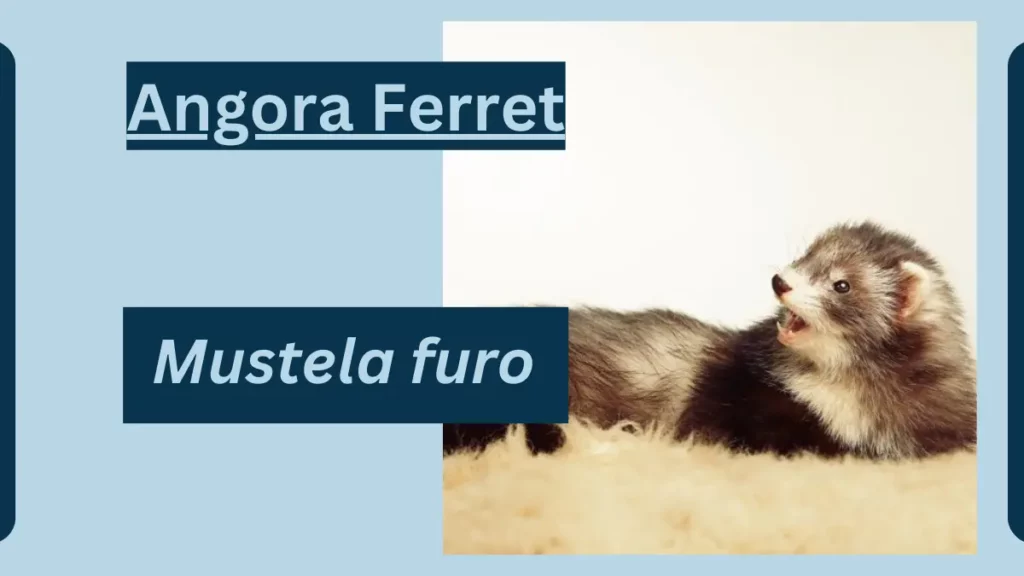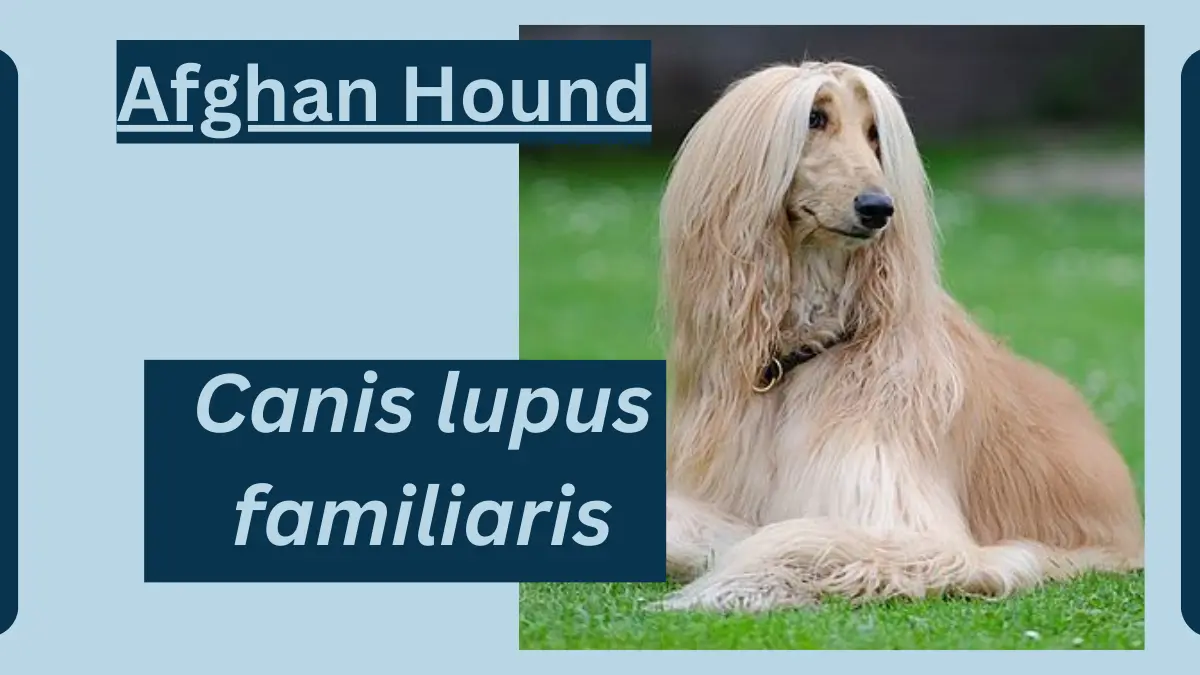Angora Ferret Animal Facts | Mustela furo
October 12, 2023
Angora ferrets, also known as Angora-Polecat ferrets, are a variety of domestic ferrets known for their distinctive coat, which is characterized by long, soft, and silky fur.

Angora Ferret
Here are some facts about Angora ferrets:
| Topic | Information |
| Classification | Kingdom: Animalia Phylum: Chordata Class: Mammalia Order: Carnivora Family: Mustelidae Genus: Mustela Species: Mustela furo Variety: Angora |
| Origins and History | Angora ferrets are a specialized variety of domestic ferrets. They were developed through selective breeding to accentuate their long and luxurious fur. Domestic ferrets have a history of being used for hunting and pest control. |
| Characteristics | Anatomy and Appearance: Angora ferrets have a similar body structure to standard domestic ferrets, but they are known for their long, silky fur. Their fur can come in various colors, including sable, albino, and silver. |
| Size: They are small animals, with adult Angora ferrets typically weighing between 1 to 2.5 pounds (0.45 to 1.13 kilograms) and measuring about 13 to 16 inches (33 to 41 centimeters) in length. | |
| Behavior and Personality | Angora ferrets exhibit similar behaviors to standard domestic ferrets. They are curious, playful, and social animals. They enjoy interaction with humans and other ferrets. |
| Reproduction and Life Cycles | Angora ferrets reproduce sexually, with female ferrets (jills) giving birth to litters of kits. The gestation period is approximately 42 days. Kits are born blind and deaf and require maternal care. |
| Diet and Nutrition | Their diet is similar to that of standard domestic ferrets, consisting of high-quality ferret food and occasional treats. They are obligate carnivores and require a diet rich in animal protein. |
| Exercise and Activity | Angora ferrets, like their domestic counterparts, require regular exercise and mental stimulation. They benefit from playtime and exploration, both indoors and outdoors under supervision. |
| Training and Obedience | Ferrets can be trained to some extent, including litter training and basic commands. However, training is generally focused on socialization and preventing unwanted behaviors. |
| Health and Common Issues | Angora ferrets can be prone to the same health issues as standard domestic ferrets, such as dental problems, respiratory infections, and gastrointestinal issues. Regular veterinary check-ups are essential. |
| Interesting Facts and Features | Luxurious Coat: The most distinctive feature of Angora ferrets is their long and silky fur, which requires regular grooming and care to maintain its quality. |
| Relationship with Humans | Angora ferrets, like domestic ferrets, can form strong bonds with their human caregivers. They enjoy play and interaction and are often considered affectionate and entertaining pets. |
| Popularity and Adoption | Angora ferrets are less common than standard domestic ferrets, but they are sought after by ferret enthusiasts and those who appreciate their unique coat. If you’re interested in adopting one, consider checking with ferret breeders and rescue organizations. |
File Under:







Leave a Reply